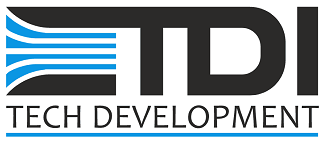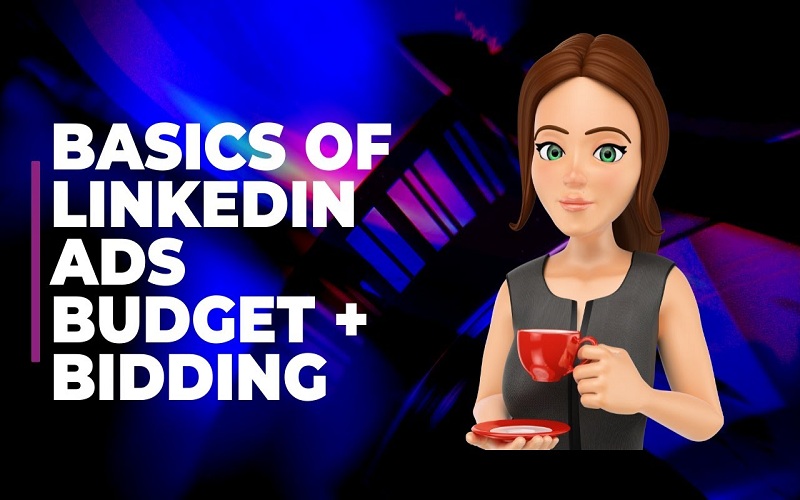Creating effective LinkedIn ad campaigns involves more than just eye-catching visuals and compelling copy. Strategic budgeting and bidding play a critical role in ensuring your ads reach the right audience while maximizing your return on investment (ROI). This article explores essential budgeting and bidding strategies for LinkedIn ad optimization, helping you make the most of your advertising dollars.
Understanding LinkedIn’s Budgeting Options
LinkedIn offers various budgeting options to suit different campaign goals and financial constraints. Understanding these options is the first step towards effective budget management.
- Daily Budget: This option allows you to set a maximum amount to spend each day. It’s ideal for maintaining consistent visibility and avoiding overspending.
- Lifetime Budget: A lifetime budget is the total amount you plan to spend over the entire duration of your campaign. This option is suitable for time-sensitive campaigns with a fixed end date, ensuring your budget is distributed evenly throughout the campaign period.
- Flexible Budgeting: LinkedIn also allows for flexible budgeting, where you can adjust your spending based on campaign performance. This approach enables you to allocate more funds to high-performing ads and reduce spend on underperforming ones.
Crafting an Effective Bidding Strategy
Bidding on LinkedIn is a competitive process that determines how often your ads are shown and at what cost. Choosing the right bidding strategy is crucial for LinkedIn ad optimization.
- Cost Per Click (CPC): CPC bidding means you pay each time someone clicks on your ad. This strategy is effective for driving traffic to your website or generating leads. It’s best used when you want to maximize the number of clicks within a set budget.
- Cost Per Impression (CPM): With CPM bidding, you pay for every 1,000 impressions. This strategy is ideal for brand awareness campaigns where the goal is to get your ad seen by as many people as possible.
- Cost Per Send (CPS): CPS bidding is specific to Sponsored InMail (now Message Ads). You pay for each message sent, making it a great option for direct engagement with your audience.
- Automated Bidding: LinkedIn’s automated bidding adjusts your bid dynamically to get the best possible results at the lowest cost. This option is suitable for advertisers who prefer a hands-off approach to bidding optimization.
Tips for LinkedIn Ad Optimization
- Set Clear Goals: Before setting your budget and bids, define clear campaign objectives. Are you aiming for brand awareness, lead generation, or direct sales? Your goals will influence your budgeting and bidding strategies.
- Know Your Audience: Utilize LinkedIn’s robust targeting options to focus your budget on the most relevant audience segments. This ensures that your ads are shown to users who are most likely to engage.
- Monitor and Adjust: Regularly monitor your campaign performance and be prepared to adjust your budget and bids as needed. Flexibility is key to maximizing ROI.
- Leverage LinkedIn Analytics: Use LinkedIn’s analytics tools to track key metrics such as click-through rates (CTR), conversion rates, and cost per conversion. These insights can help you refine your strategy and allocate your budget more effectively.
Benefits of Working with an Agency for LinkedIn Ad Optimization
While you can manage LinkedIn ad campaigns in-house, partnering with an agency that specializes in LinkedIn ad optimization offers several advantages:
- Expertise and Experience: Agencies bring a wealth of knowledge and experience in managing LinkedIn ads. They stay updated on the latest trends and best practices, ensuring your campaigns are always optimized for success.
- Time and Resource Efficiency: Managing ad campaigns can be time-consuming, especially when it involves constant monitoring and adjustments. An agency can handle these tasks, freeing up your time to focus on core business activities.
- Advanced Tools and Technologies: Agencies often have access to sophisticated tools and technologies for tracking and optimizing ad performance. These tools provide deeper insights and more accurate data, leading to better decision-making.
- Creative and Strategic Insights: Agencies offer fresh perspectives and innovative ideas for your ad campaigns. They can help you develop compelling ad copy, engaging visuals, and effective strategies that resonate with your target audience.
- Continuous Optimization: Agencies provide ongoing optimization to ensure your campaigns perform at their best. They conduct A/B testing, analyze performance data, and make necessary adjustments to improve results.
Implementing Budgeting and Bidding Best Practices
- Start Small and Scale Up: Begin with a modest budget and test different bidding strategies to see what works best for your campaign goals. As you gather data and insights, gradually increase your budget to scale successful strategies.
- Allocate Budget Based on Performance: Monitor the performance of different ad formats and allocate more budget to high-performing ads. This ensures your resources are used efficiently to maximize ROI.
- Stay Flexible: Be prepared to adjust your budget and bids based on real-time performance data. Flexibility allows you to respond quickly to changing conditions and optimize your campaigns for better results.
Conclusion
Effective budgeting and bidding are fundamental to LinkedIn ad optimization. By understanding LinkedIn’s budgeting options, crafting a strategic bidding approach, and leveraging performance data, you can maximize the impact of your LinkedIn ads. Partnering with an agency that specializes in LinkedIn ad optimization can further enhance your efforts, providing expert insights, advanced tools, and continuous support. With the right strategies in place, you can achieve your advertising goals and drive significant results on LinkedIn.





